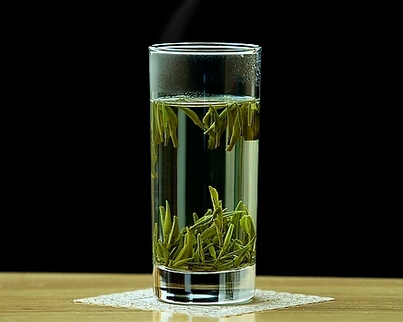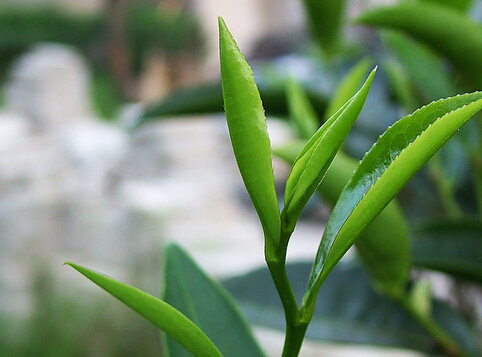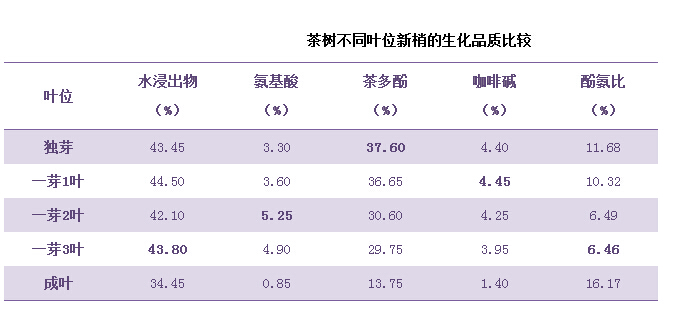First, let’s discuss the virtues of spring tea.
As temperatures rise in spring, tea plants start their new growth cycle. After a winter dormancy, the nutrients in tea plants accumulate to a peak. Combined with ample rainfall and mild temperatures, spring tea buds grow plump, tender, and emerald-green, with soft leaves. The processed tea leaves are rich in substances and brew well, leading to the saying, "Spring tea for flavor, autumn tea for aroma."

Now, let’s dive into some hard science.
In spring, nitrogen metabolism dominates in tea plants, resulting in higher amino acid content in spring tea, which lowers the phenol-to-amino acid ratio (a key metric for evaluating green tea), giving it a refreshing taste. Vitamin C content is also highest in spring tea and declines afterward.
Additionally, spring tea contains higher levels of linalool and its oxides, which contribute to its fresh aroma. During this period, tea leaves are newly sprouted, with relatively low chlorophyll content, often appearing bright green. Moreover, the cooler spring temperatures typically mean fewer pests, making early spring tea particularly high in quality.

Second, let’s talk about not overemphasizing tenderness in spring tea.
While younger tea buds are often more expensive, they aren’t necessarily better—there’s a balance to strike.
First, tea made from tiny single buds may look exquisite, but in terms of substance richness, it can’t match tea made from one bud with one or two young leaves. Simply put, single-bud tea may appear superior but lacks depth in flavor, tasting milder and offering poorer value. In contrast, tea made from one bud with one or two leaves provides a more balanced and robust taste, which is why seasoned tea drinkers often don’t prioritize extreme tenderness.
Here’s some more hard science.

Tea polyphenols contribute to astringency, while amino acids enhance freshness. The phenol-to-amino acid ratio measures the tea’s mellow quality (refreshing, smooth, and non-astringent). A lower ratio indicates better mellowness and a fresher taste. Thus, one-bud-two-leaf tea often offers superior freshness. However, one-bud-one-leaf tea has higher water-soluble extracts, making it a better raw material.
Ultimately, processing methods also influence tea quality, so tasting remains the best way to find your preference.
With these insights, let’s embrace spring.
May we all share the joy of:
"Sunset on the platform, sipping tea in the spring breeze!"